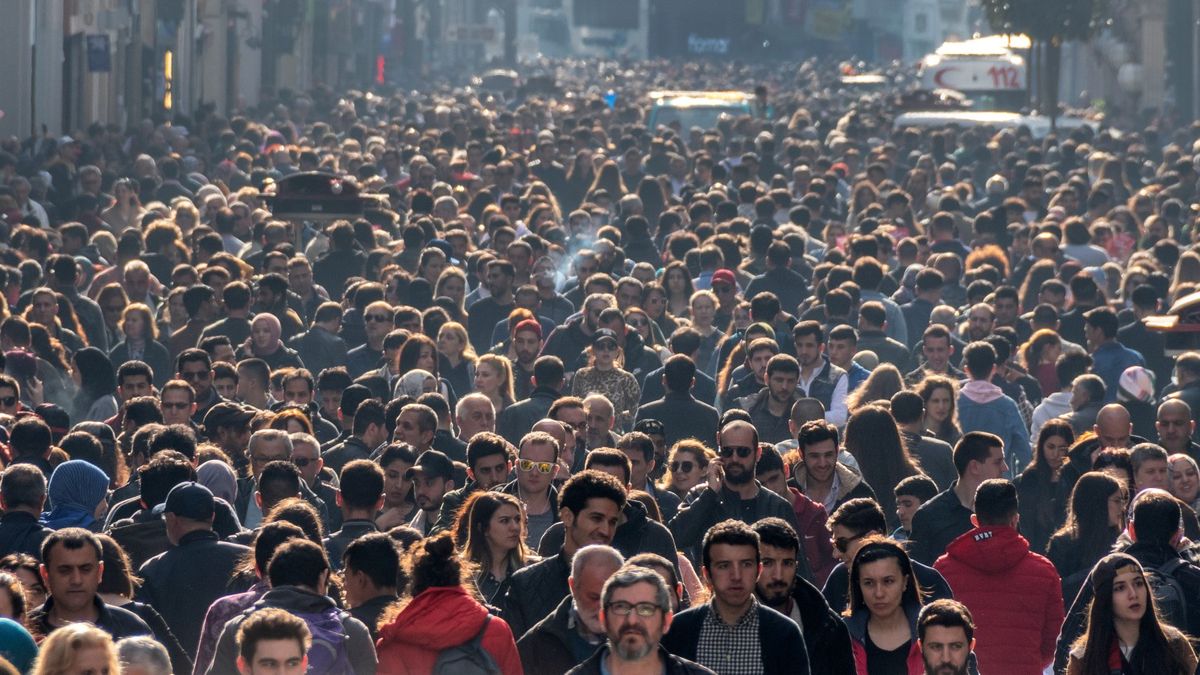The Cost of a Human Life - How do Economists Estimate the Value of a Life
Can a monetary value be place on the life of an individual? Find out how economist estimate the value of a statistical life. How much do lives cost and how does it affect policy decisions? Is it ethical to do so?

By Julian Olsen-Pendergast
In the realm of economics, assigning a monetary value to human life may appear as a daunting and ethically complex task. However, policymakers and economists frequently rely on such estimates to make informed decisions regarding public safety, health regulations, and resource allocation. The Value of a Statistical Life (VSL) serves as a crucial metric, representing the economic worth attributed to an individual's life in statistical terms. This article delves into the methodologies and debates surrounding the estimation of VSL, shedding light on the intricate nature of this essential economic concept.
The concept of the Value of a Statistical Life emerged as a practical approach to evaluating the benefits and costs associated with policies aimed at preventing fatalities or reducing risks. The VSL represents the amount of money an individual would be willing to pay to avoid a certain probability of death. By quantifying the economic value of human life, policymakers can better gauge the effectiveness and efficiency of public interventions.
Estimating the Value of a Statistical Life requires a rigorous analytical framework. Several methodologies have been developed over the years, each with its own strengths and limitations. Two commonly employed approaches are the Revealed Preference (RP) method and the Stated Preference (SP) method.
The RP method analyses observed behavior, such as wage differentials in risky occupations or the market prices of safety-enhancing goods, to infer the implicit value people place on reducing the risk of death. For instance, a study conducted by economist Michael Greenstone examined the impact of air pollution on worker productivity in China. By comparing the wages of workers exposed to high levels of pollution with those working in cleaner environments, Greenstone estimated the value of mortality risk reduction at $3.7 million per statistical life in China.
The SP method involves surveying individuals directly to elicit their preferences and willingness to pay for reducing mortality risks. A notable application of this method can be found in the evaluation of transportation safety measures. In the United States, the Department of Transportation's guidelines recommend valuing a statistical life in the range of $9.6 million to $10 million. These estimates were derived from extensive surveys conducted to assess individuals' willingness to pay for reduced traffic risks.
Estimating the Value of a Statistical Life is not without controversy and challenges. Debates often revolve around the appropriate statistical model to employ, as well as the ethical implications of valuing human life in monetary terms.
Economists employ various statistical models, such as hedonic wage models or random utility models, to estimate VSL. For example, the Environmental Protection Agency (EPA) in the United States uses a combination of revealed preference and stated preference methods to estimate the value of statistical life. Their current estimate is set at approximately $11.6 million per life saved.
The ethical dimensions of placing a monetary value on human life are complex and subject to scrutiny. Critics argue that reducing a person's life to a monetary figure could trivialise the intrinsic value and dignity of human existence. However, proponents argue that VSL estimates provide policymakers with a vital tool to prioritise public investments and allocate scarce resources efficiently, ultimately leading to more lives saved.
The Value of a Statistical Life plays a significant role in shaping public policy and resource allocation. VSL estimates are widely employed in cost-benefit analyses of regulatory decisions, healthcare interventions, transportation safety regulations, and environmental policies. By quantifying the potential benefits of these measures in monetary terms, policymakers can weigh the costs against the potential lives saved and make informed decisions.
For instance, the use of VSL estimates has influenced policies regarding workplace safety regulations, air quality standards, and road infrastructure investments. These estimates help policymakers evaluate the benefits and costs associated with different policy options and prioritise interventions that maximise the well-being of the population.
Estimating the Value of a Statistical Life is an intricate process that combines economic theory, statistical analysis, and ethical considerations. While controversies and challenges persist, the concept's utility in informing policy decisions cannot be overlooked. By providing policymakers with a metric to evaluate the potential gains in human lives against associated costs, the Value of a Statistical Life remains an indispensable tool for improving public safety and well-being. Real-world figures and their applications demonstrate the relevance and impact of VSL estimates in shaping policies that prioritize the preservation of human life.


